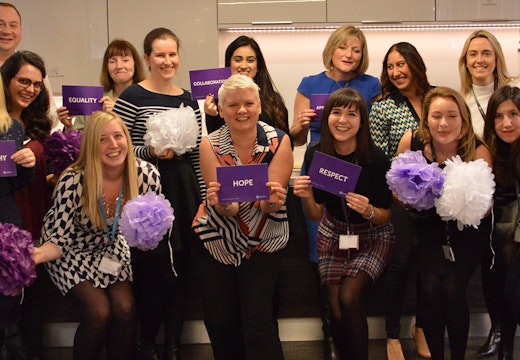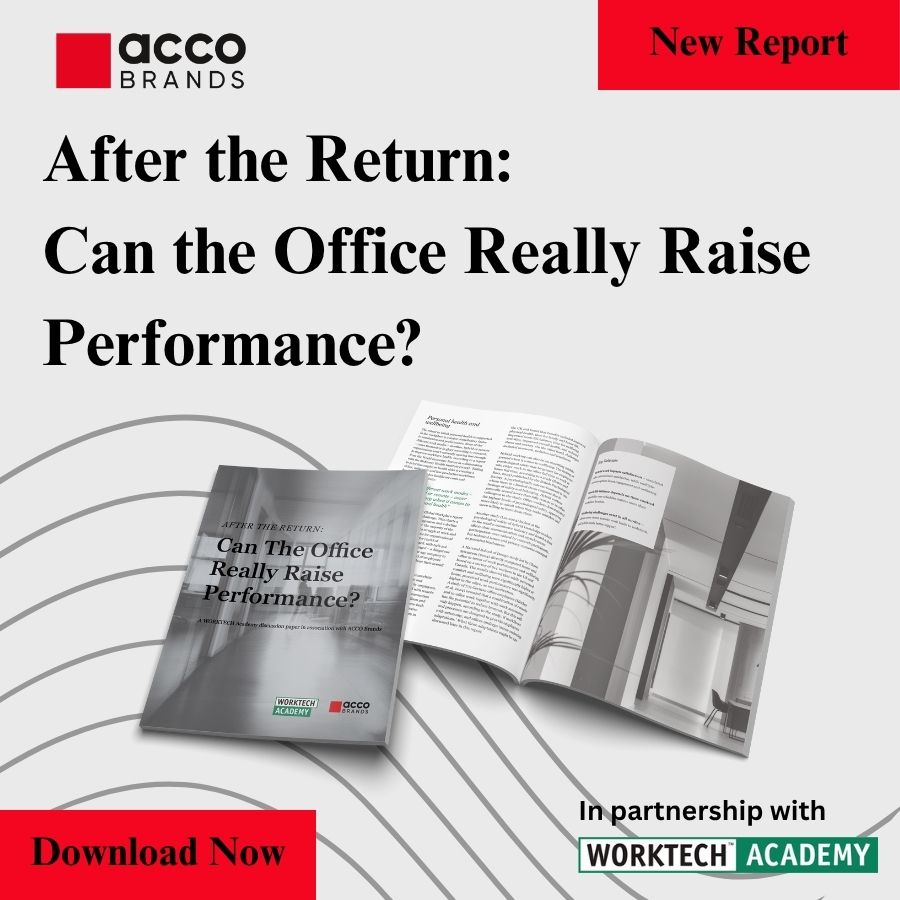Gender bias: how children’s cartoons can break the work barriers
Whether it is a children’s cartoon or an inspirational individual, Condeco looks at how perceptions are changing on gender-specific roles in the workforce
On the centenary of the suffragette movement, recent media coverage has made the issue of the gender pay gap impossible to ignore – and now children’s cartoons have a part to play in the debate.
Programmes such Peppa Pig portray women’s skill as having no bounds. A character from the show, Miss Rabbit, is a pioneering role model undertaking a multitude of professions from entrepreneur, firefighter and shopkeeper to helicopter pilot and train driver; she also manages the ticket sales at the local museum.
According to McKinsey research, companies across all sectors with the most women on their board of directors significantly and consistently outperform those with no female representation – by 41 per cent.
Yet there are still professions that are heavily dominated by males – could cartoons be a way of eradicating the perceptions of gendered-roles at an early age?
Children’s programming, books and toys all play a part in creating gender bias, especially in relation to the workplace. Taking inspiration from Miss Rabbit’s impressive portfolio of careers, Condeco looked at four successful women who have overturned the status quo and conquered ‘male’ professions.
Fighting fires
Josephine Reynolds, Britain’s first female firefighter, joined the fire service as a teenager in 1982. The work was physically and emotionally gruelling but the camaraderie outweighed the isolation. In the 1980s Josephine was interviewed on Breakfast TV by Chris Tarrant who asked her is she was really strong enough to do ‘what is, essentially, a man’s job’. She put him into a fireman’s lift and carried him off the set.
Women now make up five per cent of England’s fire service.
On the tracks
Kerry Cassidy has been a train driver for eight years, and you will find her travelling at 125 miles per hour on the Great Western Railway high-speed route between Plymouth and London Paddington. She believes that if you have the skill to do the job, then gender isn’t an issue.
Women make up just 5.4 per cent of approximately 19,000 train drivers in Britain, up from 4.2 per cent in 2012 according to Aslef, the train drivers’ union.
In the skies
Major Laura Nicholson has received a Distinguished Flying Cross for twice flying into heavy fire to pick up casualties, while Squadron Leader Charlotte Thompson-Edgar was made Associate of the Royal Red Cross for life-saving work in six tours of Afghanistan.
Today, according to the British Women’s Pilots Association, there are many more women flying professionally but with only five per cent of the UK pilot workforce is female and current estimates put the female general aviation pilot population in the UK at six per cent.
It’s all business
A recent study by Aston University in Birmingham found that British women who started their own businesses wanted more control over their work: 97 per cent of women polled cited freedom to adapt their approach to work as the key reason for starting their own business, and 85 per cent mentioned flexible working conditions.
Condeco believes it is crucial to the business to have a diverse workforce and to set an example in the technology industry where women are well represented. In the Condeco UK office, 22 per cent of the workforce are female, compared with the average 16 per cent in the UK IT sector. Condeco’s leadership team is represented by 14 per cent of women, compared to the average of 12 per cent of women in the UK that hold board seats.
The days of forming traditional roles of men and women is slowly changing, and Peppa Pig and other children’s characters are helping to create a generation of children who will have a more open and accepting view of gender equality.








